Powering productivity and thriving with Employee Experience
Insights from our recent design thinking-inspired roundtable discussion with HR leaders.
Why You Should Care
Citrix recently released their Work 2035 report, in which they forecast possible worlds of work.
The report outlines a potential technology tipping point and a stark digital disconnect between employee and employer.
This closed-door roundtable discussion explored how can HR leaders bridge this disconnect, ensuring that employees feel safe, valued, motivated, and engaged in their work.
A design thinking-inspired exercise:
Citrix’s recent “Thrive with employee experience” report, discloses its findings around the differences between organizations that are advanced in their employee experiences versus those they’ve termed “learners” – organizations that still have ways to improve.
The study discovered that advanced organizations engaged in empathy-driven, human-centric activities. They also had more substantive, formal relationships between HR, IT, and Real Estate to shape human experience.
In this closed-door session with UNLEASH and Citrix, Chris Voce, (Customer Engagement Strategist at Citrix and Former Vice President and Research Director at Forrester Research), led our esteemed HR leader participants through a design-thinking exercise in which they began to dig into what great looks like; what is stopping them from achieving their EX visions; and how to get around these roadblocks.
What does ‘great’ look like for our HR leaders?
The discussion began with our leaders considering what great would look like for them in terms of the employee experience (EX). Many within the group concurred that great EX means that all impediments are removed to enable employees to be their best selves and an environment is provided where employees can perform at their greatest potential.
Yet, when the group delved deeper into this, it came to light that this can be incredibly tricky to enact, and then measure successfully. As laid out in one example from a participant, it’s difficult to make things holistically ‘easy’ for the whole workforce, when different types of personas need different things. In their example, they considered that more data and technology-centric functions in their organization seemed to thrive on spontaneous challenges and tech-heavy processes, whereas some other employee demographics wanted as few tech touchpoints as possible and weren’t attuned to thriving on challenging situations.
Other answers to what a great EX would look like included:
- Employees having psychological safety, including healthy manager and employee relationships.
- The workforce having freedom and flexibility, and true support, especially in the way of autonomy and control between work-life needs, as well clear direction on expectations.
- Employees having the support to grow and develop and feel inspired in their work, as well as feeling rewarded for those efforts.
The group also discussed some more tangible measures of great, such as more employees becoming advocates and choosing to stay in an organization (so quantifying retention numbers or the number of brand ambassadors); and measurements that are used to track the Customer Experience being used – measures like employee engagement scores.
What is stopping our HR leaders from achieving their vision for Employee Experience (EX)?
Some of the answers to this question of what roadblocks our HR leaders are facing to reaching their vision for EX included:
- The challenge of changing and updating legacy systems, processes, and even an organization’s culture, including the cost implications, the risk aversion and poor adaptability of leaders, as well as the pace of change and inability to keep up.
- The changing expectations of employees.
- In some organizations, it was discussed, their pace of growth can be tricky to contend with as the speed of hiring means the number of new personas they have to consider leads them to always be behind the curve.
- One specific participant noted a roadblock they’ve found which they termed “the business factor” – they find that many employees have an overwhelming amount of meetings, which takes time away for rest, reflection, etc. This is limiting in their employees reaching their full potential – it’s more about keeping all the balls in the air without letting anything drop.
How do our HR leaders think they can overcome these roadblocks to a great EX?
Similar to what Citrix highlighted in its report, our HR leaders intuitively felt that employee experience matters, but are clearly struggling to actually create and nurture the conditions to be successful and ‘advanced’ in this area.
Citrix’s research identifies three principles that can help HR leaders create a better EX and underpin a more effective hybrid work strategy:
- Empower individual progress
- Deepen empathy from human insights
- Partner to foster linked and shared EX ownership
It also discusses in the report that an organization’s EX is shaped by three dimensions:
- Culture. The energy of a company, or how it feels to interact with colleagues and work somewhere.
- Digital Space. The digital tools that enable employees to work effectively at any time.
- Physical Space. The environment where employees work—from desks to remote spaces.
Our HR leader roundtable participants discussed potential solutions that skirted around these dimensions and areas to focus on, but without a clear roadmap or tangible vision for improvements. They considered solutions to bettering the employee experience in their organizations such as:
- Improving services and technology support.
- Educating and training leaders to provide models that incite desired behaviors and reward those.
- Implementing continuous listening and proving that they are listening to feedback – communicating if changes are adopted and being transparent, carving out time for reflection.
From our discussion, and the work Citrix has done, it’s clear that there is no linear path to EX excellence and no uniform level of EX maturity. The research Citrix has done, “aims to help the new architects of EX across IT, HR, and Real Estate examine their own strategies and operating models and infuse them with the latest thinking on how to make concrete improvements to EX and unlock the potential of their greatest assets: their people.”
If you want to hear more from Citrix at UNLEASH check out our upcoming webinar, or our recent interview with Chris Voce where he discusses how you can reimagine your organization’s EX strategy to create the cultural and technological conditions for people to do their best work and to drive employee engagement.
Why join an UNLEASH Roundtable?
Amid the current disruption, HR leaders need to get ahead of the exponential trend where work, technology and how work gets done have changed forever. But how should we approach the relevant questions, given the radical uncertainty we continue to face as the pandemic becomes more protracted than anyone imagined? Our exclusive Virtual Roundtables are designed to explore where business leaders are focused now, key challenges and prioritization for the rest of the year, and what matters most in planning for what’s next.
Sign up to the UNLEASH Newsletter
Get the Editor’s picks of the week delivered straight to your inbox!

Head of UNLEASH Labs
Abigail is dedicated to connecting HR buyers with the technology and tools they need to succeed.

